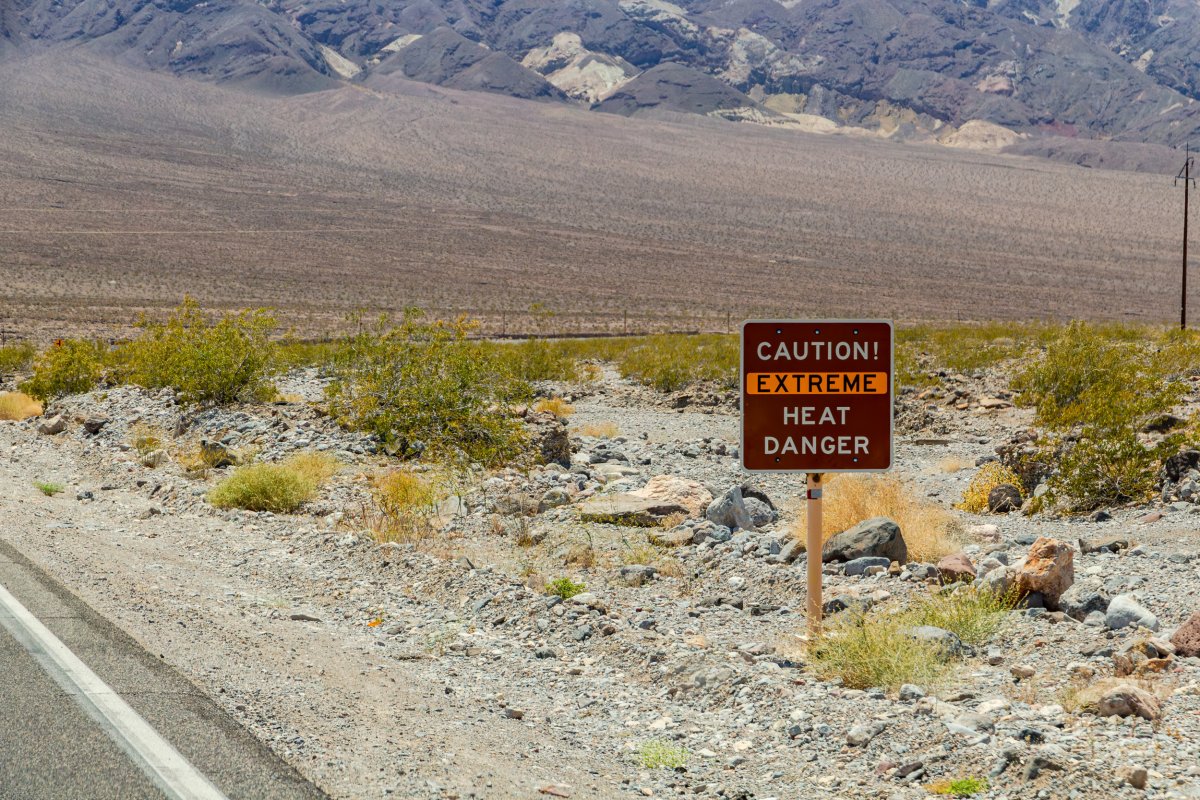
Children born in recent decades are facing—and will continue to face—far more climate disasters over their lifetimes than previous generations, according to a new global study published in Nature.
An international team of researchers used a combination of climate models, demographic data and socioeconomic vulnerability indicators to estimate how many people will experience what they term “unprecedented lifetime exposure” to six types of extreme events: Heatwaves, crop failures, river floods, droughts, wildfires and tropical cyclones.
The findings show that current climate policies align with global warming of about 2.7 degrees Celsius above pre-industrial levels by 2100.
According to the study, 52% of people born in 2020 will face an unusually high number of heatwaves in a warming scenario of 1.5 degrees. That number rises to 92% if warming hits 3.5 degrees C.

Photo by Achim Schneider / reisezielinfo.de / Getty Images
“Many of these extremes could exceed the magnitude of our reference heatwave definition, an effect that isn’t contained in our analysis,” study author Luke Grant told Newsweek in an email.
“As well, they can co-occur with other events, like droughts, crop failures and wildfires, but we don’t account for that because we largely need separate simulations per extreme event category.”
Why It Matters
Unprecedented exposure means experiencing more climate disasters in a lifetime than 99.99% of people would have in a world without climate change.
That threshold is already being crossed in many regions.
The share of children experiencing extreme events also rises for other hazards at higher temperatures: 29% for crop failures and 14% for river floods by the end of the century in a 3.5 degrees C scenario.
What To Know
The burden of exposure is not evenly shared.
The study found that people in poorer or more vulnerable communities are more likely to suffer from these extremes because they have fewer resources to adapt.
The tropics, including many low-income nations, are expected to bear the earliest and most intense burden. For example, in the 2020 generation, 95% of the most socioeconomically deprived children will face extreme heatwaves, versus 78% of the least deprived.
However, nearly all countries will see most of their populations exposed to extreme heat.
What’s Next
The authors of the study call for urgent and sustained reductions in greenhouse gas emissions to meet the 1.5 degrees C target set by the Paris Climate Agreement.
Achieving that goal could spare hundreds of millions of people from unprecedented lifetime exposure to extreme weather.
President Donald Trump withdrew the United States from the Paris Climate Agreement for a second time in 2025, after his 2017 decision during his first term, which was later reversed by President Joe Biden in 2021.
The executive order faced criticism from environmental groups, international leaders and even some U.S. business sectors. Despite the federal withdrawal, many U.S. states, cities and businesses have pledged to continue efforts to meet the goals of the Paris Agreement.
According to the study, meeting the goals of the agreement could prevent 613 million children from extreme heat exposure alone, along with tens of millions more from facing escalating droughts, floods and crop failures.
“In Western developed countries, based on my conversations and what I see on the internet, addressing climate change is often aligned with a disruption to our quality of life or standard of living,” Grant said.
“There are legitimate and illegitimate reasons for this train of thought. I think our paper, while not being an exact prescription for what will play out in each country, resolved in our analysis, helps paint a broad picture of the other end of this; a look at our standard of living when we don’t opt to resolve our emissions.
“Unfortunately, I think this is becoming a harder point to convince the public (and leadership) of, especially as growing wealth disparity makes food and rent a challenge to sustain for most of us.”




